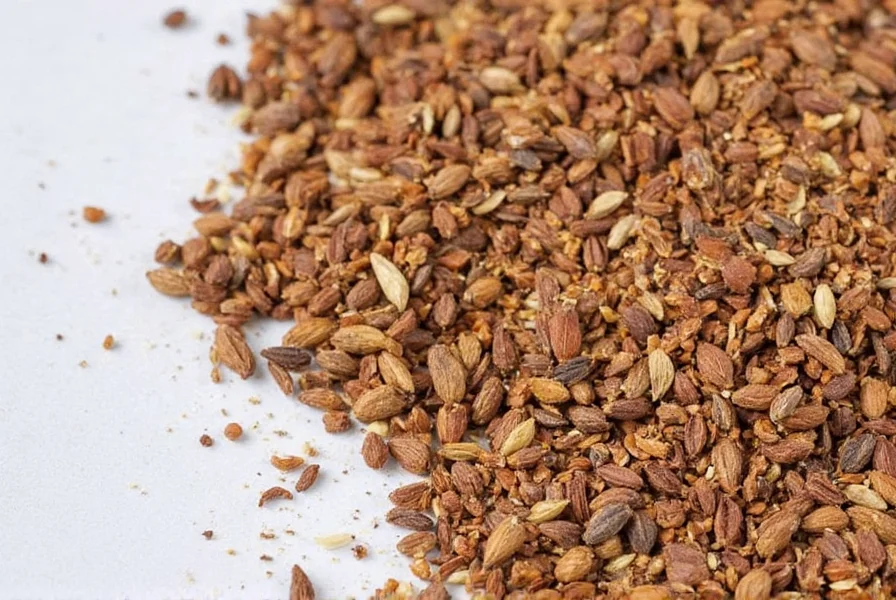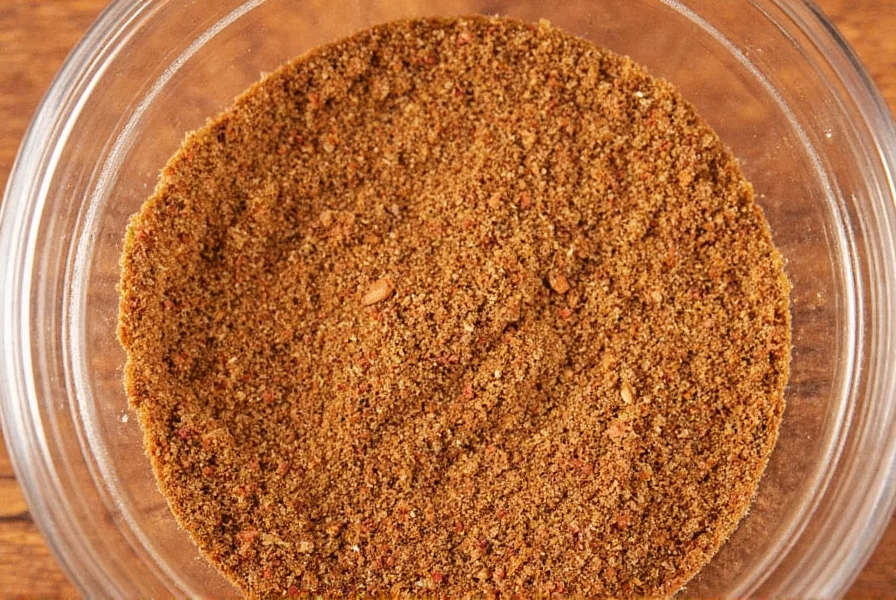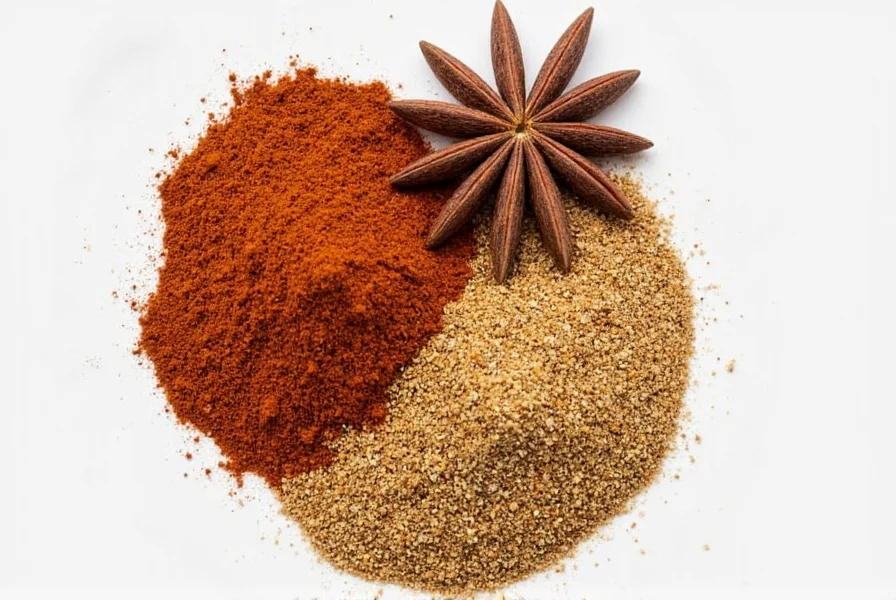Many home cooks mistakenly believe allspice comes from a single plant, but true allspice (Pimenta dioica) is actually a berry that resembles a combination of spices. When you need to make allspice from scratch without access to whole allspice berries, creating your own blend is both practical and cost-effective.
Understanding Allspice Composition
Before learning how to make allspice substitute, it's essential to understand what gives allspice its distinctive flavor profile. The magic happens through a precise balance of warm, sweet, and slightly peppery notes that come from specific spice ratios.
Commercial allspice contains eugenol (also found in cloves), which provides that characteristic warmth, plus caryophyllene from cinnamon and myristicin from nutmeg. Recreating this balance at home requires attention to proportions.
Basic Allspice Blend Recipe
This foundational recipe works for most baking and cooking applications. For authentic homemade allspice substitute, you'll need:
| Spice | Ratio for 1 Tbsp Blend | Flavor Contribution |
|---|---|---|
| Ground Cinnamon | 1 part (1 tsp) | Sweet warmth, base note |
| Ground Nutmeg | 1 part (1 tsp) | Earthy depth, subtle sweetness |
| Ground Cloves | 1 part (1 tsp) | Sharp warmth, pungent finish |
Step-by-Step Preparation
Follow these steps for perfect allspice blend recipe results every time:
- Measure precisely - Use exact teaspoon measurements for consistent flavor
- Use fresh spices - Spices lose potency after 6 months; check freshness dates
- Combine thoroughly - Mix in a small bowl using a whisk for even distribution
- Test and adjust - Taste a tiny amount; add more cinnamon for sweetness or cloves for intensity
- Store properly - Transfer to an airtight container away from light and heat

Advanced Allspice Variations
For specific culinary applications, adjust your make your own allspice seasoning formula:
- Baking blend: 1.5 parts cinnamon, 1 part nutmeg, 0.5 parts cloves (softer, sweeter profile)
- Meat rub: 1 part cinnamon, 1 part nutmeg, 1.5 parts cloves, plus 0.5 part black pepper
- Jamaican-style: Add 1/4 part allspice berries (if available) plus 1/8 part ground ginger
When creating allspice ingredients ratio for Caribbean jerk seasoning, increase the clove content by 25% for that authentic pungent kick. For pumpkin spice applications, reduce cloves by half and add a pinch of ground ginger.
Storage and Shelf Life
Proper storage ensures your DIY allspice mix maintains maximum flavor:
- Use dark glass or opaque containers to protect from light
- Store in a cool, dry place away from stove or oven
- Label with creation date - homemade blend lasts 3-4 months
- Never store above 70°F (21°C) to prevent flavor degradation
For extended shelf life, freeze your blend in ice cube trays covered with plastic wrap, then transfer frozen portions to freezer bags. This allspice alternative without allspice berries method preserves potency for up to 6 months.
Using Your Homemade Allspice
Substitute your blend 1:1 for store-bought allspice in most recipes. When making Caribbean dishes like jerk chicken or Jamaican rice and peas, use 25% more than recipe calls for since commercial blends often contain fillers.
For baking applications like pumpkin pie or gingerbread, consider reducing other warm spices by 25% when using your allspice blend recipe to prevent flavor overpowering. Always add spice blends early in cooking to allow flavors to meld properly.

Common Mistakes to Avoid
Many home cooks make these errors when attempting to how to substitute allspice:
- Using pre-ground spices older than 6 months (flavor diminishes significantly)
- Measuring by volume instead of weight for precision
- Substituting pumpkin pie spice (contains additional spices that alter flavor)
- Storing blends in clear containers exposed to light
- Using too much cloves, which can make the blend bitter
For authentic results when you need to make allspice from scratch, always use freshly ground whole spices when possible. A dedicated coffee grinder reserved for spices creates the most potent blend.
Frequently Asked Questions
Can I make allspice without cloves?
Yes, but the flavor profile changes significantly. Substitute 1/2 teaspoon ground allspice berries (if available), 1/2 teaspoon cinnamon, and 1/4 teaspoon black pepper for each teaspoon of cloves. This creates a milder alternative that works well in baking but lacks the authentic pungency for Caribbean dishes.
How long does homemade allspice blend last?
Properly stored in an airtight container away from light and heat, your homemade allspice blend maintains peak flavor for 3-4 months. For extended freshness, freeze portions in ice cube trays covered with plastic wrap, then transfer to freezer bags where it will stay potent for up to 6 months. Always check for faded aroma before use, as this indicates diminished quality.
What's the difference between allspice and pumpkin pie spice?
Allspice is a single spice (Pimenta dioica berry) or its substitute blend of cinnamon, nutmeg, and cloves. Pumpkin pie spice contains allspice plus additional ingredients like ginger and sometimes cardamom. When substituting, use 3/4 teaspoon allspice blend plus 1/4 teaspoon ginger for each teaspoon of pumpkin pie spice required in recipes.
Can I use whole spices to make allspice blend?
Absolutely. For superior flavor, toast equal parts whole cinnamon sticks, nutmeg, and cloves in a dry skillet over medium heat for 2-3 minutes until fragrant. Cool completely, then grind in a dedicated spice grinder. This method creates a more complex, aromatic blend that lasts longer than pre-ground versions. Use a 3:1 ratio of whole spices to yield the same volume as ground spice measurements.











 浙公网安备
33010002000092号
浙公网安备
33010002000092号 浙B2-20120091-4
浙B2-20120091-4